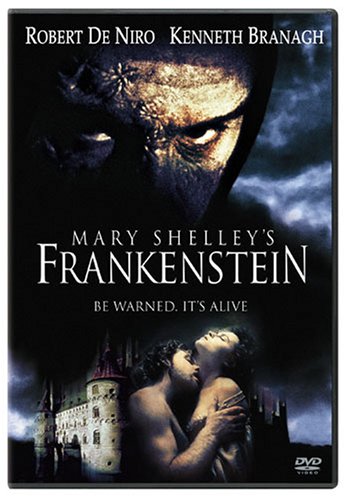Take it Easy!

Peter Burley
Gryphon Games
When my interest in games shifted to “German” games back in the early 90’s, I read everything I could get my hands on, not that there were many options. One game that kept coming up in session reports and the new-to-me Five and Dime lists (these are games that gamers note they have played 5 or 10 times in a given year) was Take it Easy! Nearly 20 years later, I finally picked up a copy of the game and I now regret that I didn’t pick it up back then. It would have likely been played hundreds of times over that time.
Modern Euro games often get labeled as multi-player solitaire by fans of classic American and British hobby games. Take it Easy! is certainly a game that could be held as an example to prove that point. Each player gets his or her own board and set of pieces. All game play is done on those boards and there is zero interaction between players. In fact, the game plays solitaire fine with no adjustment to the rules needed.
Here, however, multi-player solitaire isn’t much of a criticism. Take it Easy! is basically a completive puzzle game. Players are competing to score the most points while placing an identical set of hexagonal playing pieces on to their boards. The pieces have color lines crossing from side to side so that they can potentially matched up in six different ways. The goal of the game is to form lines on your board (think a Bingo board with hexagons instead of squares) that reach from one edge of the large hexagon to another edge.
The game could not be easier to learn or teach. One player turns his tiles face down and mixes them up. The other player s leave their pieces face up and organize them so they can find the piece they need easily. The “caller” then turns over one of his pieces, describes it to the rest of the players. All the players then decide where to place that piece. When enough pieces have been flipped up to fill the board (which uses 19 of the possible 27 tiles, so the game is different every time), the game is over. Players score for any line they formed that goes from one side to another. Highest score wins.
I’ve really enjoyed my plays of the game so far. I think it will make a great lunch time game for the office, and I’m already regretting not picking up an extra copy when it was on sale because there is no limit to how many people can play the game together. The best part is that the game plays as fast with twelve as it does with three, though every player added increases the odds of hitting a player who suffers from analysis paralysis.
For what it is, Take it Easy! is a complete success. It even contains a rubric akin to those wood puzzles at Cracker Barrel restaurants to rate you performance when played solo or with others.
Take it Easy! plays in about ten minutes (the box says 10 to 20) and is great for a wide range of ages.
Score: 7.5/10
 Saturday, February 19, 2011 at 10:03PM
Saturday, February 19, 2011 at 10:03PM  I saw Kenneth Branagh’s Frankenstein on the big screen back in 1994. I liked it. I felt bad, however, when Roger Ebert gave it a bad review because we generally agreed on most movies. (No, I’ve never actually met the guy, but he was always the one I cheered for in the heated debates on Siskel and Ebert!) I thought that Branagh brought a whole new Shakespeareanesque-tragi-brooding thing to the good (?) Doctor. And De Niro definitely brought the Monster to life. (If I remember correctly, De Niro’s performance was the one thing Ebert liked about the movie.) Seriously, I felt this version delved more into the moral ambiguities that make Shelley’s novel what it is. It was never a monster story; it was a story about what makes one a monster. For that reason alone, I prefer Branagh’s vision to all the others I’ve seen.
I saw Kenneth Branagh’s Frankenstein on the big screen back in 1994. I liked it. I felt bad, however, when Roger Ebert gave it a bad review because we generally agreed on most movies. (No, I’ve never actually met the guy, but he was always the one I cheered for in the heated debates on Siskel and Ebert!) I thought that Branagh brought a whole new Shakespeareanesque-tragi-brooding thing to the good (?) Doctor. And De Niro definitely brought the Monster to life. (If I remember correctly, De Niro’s performance was the one thing Ebert liked about the movie.) Seriously, I felt this version delved more into the moral ambiguities that make Shelley’s novel what it is. It was never a monster story; it was a story about what makes one a monster. For that reason alone, I prefer Branagh’s vision to all the others I’ve seen.  Frankenstein,
Frankenstein,  Kenneth Branagh,
Kenneth Branagh,  Movies,
Movies,  Science Fiction in
Science Fiction in  Movies,
Movies,  Science Fiction
Science Fiction 

